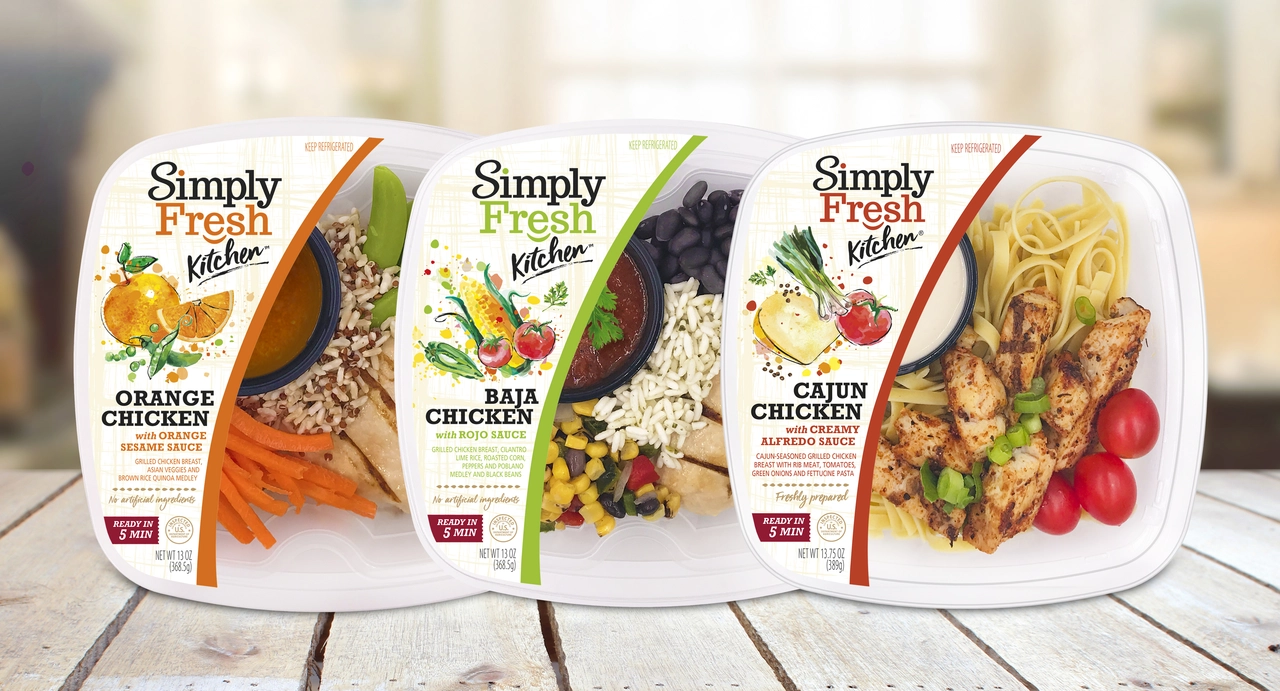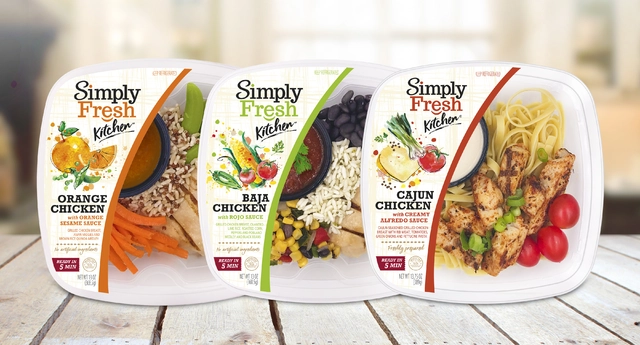Ready‑to‑Eat Foods in India: What’s Hot and What to Look Out For
From busy metros to small towns, more Indians are reaching for meals that need no cooking. Ready‑to‑eat (RTE) options let you grab a plate, heat it, and eat in minutes. That speed feels like a lifesaver when you’re juggling work, study, or family. Let’s break down why RTE is exploding and how you can pick the right ones.
Why Ready‑to‑Eat Is Growing Fast
First, a shift in lifestyle. Long commutes, online classes, and gig work mean people have less time at the kitchen. Brands notice this and push snacks, meals, and even desserts that fit a tight schedule. Second, the pandemic gave a boost. With restaurants closed, manufacturers filled the gap by offering shelf‑stable meals that feel restaurant‑like. Finally, distribution improvements—cold chains, better packaging, and online grocery apps—make RTE products reachable in almost any city.
Popular categories include fried snacks, frozen biryanis, microwaveable curries, and ready‑made salads. You’ll spot names like ITC’s Kitchens of India, MTR, and regional players such as Gits on supermarket shelves. Even global chains are launching India‑specific lines, so the variety feels endless.
Choosing Healthy Ready‑to‑Eat Options
Convenient doesn’t have to mean unhealthy. Start by checking the nutrition label. Look for lower sodium, moderate saturated fat, and a decent protein count. Many brands now market “high‑protein” or “low‑oil” versions—those are worth a try. If you’re watching sugar, avoid sweetened sauces and desserts that list sugar near the top of the ingredient list.
Portion size matters too. Some frozen meals are made for two people but packaged as a single serving, which can drag the calorie count up. Split a larger pack into two meals or pair a small RTE dish with fresh veggies or a fruit to balance the plate.
Another tip: favor products with simple ingredient lists. If you can recognize most of the items, it’s usually a cleaner product. Fresh herbs, spices, and real meat bits signal better quality than long strings of additives.
When you shop online, filter by “high protein” or “low sodium” to narrow down choices. Many e‑commerce platforms also display user ratings; reading a few comments can reveal if a product tastes good and holds up after reheating.
Price can be a hurdle, but compare bulk packs with single‑serve versions. Bulk often saves money per meal, and you can freeze extra portions for later. Also, keep an eye on festive sales—brands frequently discount RTE lines during holidays.
Finally, think about reheating. Microwaves are quick, but a stovetop or oven can improve texture for fried items. Follow the package instructions, and if you’re unsure, a minute extra on medium heat usually does the trick.
Ready‑to‑eat foods are reshaping how India eats on the go. By understanding the market, checking labels, and mixing in fresh sides, you can enjoy the convenience without compromising health. So next time you’re pressed for time, reach for a smart RTE choice and keep your meals both fast and tasty.
Which is best ready to eat product in India?
Ready to eat products are becoming increasingly popular in India, especially among those who lead busy lifestyles. With a wide range of options available, it can be difficult to determine which product is best. However, the most popular ready to eat product in India is the range of ready-made curries and gravies from Patanjali. These products provide an authentic and delicious Indian culinary experience with minimal effort and no preservatives or added artificial colours or flavours. They are easy to prepare, take only a few minutes to cook and are made from natural, fresh ingredients. Patanjali's ready to eat products are a great way to enjoy delicious Indian food without the hassle of preparing it from scratch.






